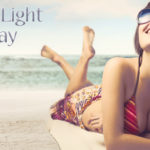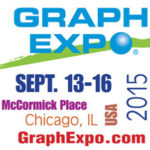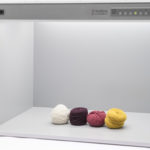January 20, 2011
What is ISO 3664:2009?
A summary of the graphic arts and photography standards.
ISO 3664 is the international color viewing standard for the graphic technology and photography industries. In order to improve the quality and consistency of light sources and color viewing, ISO 3664 outlines the minimum criteria necessary for all color viewing systems to meet. This set of specifications enables lighting engineers and manufacturers to design, test, and certify their color viewing systems to the industry standards, and challenges them to enhance the performance of their products. ISO 3664:2009 is the newest version of the international color viewing standard, revised to reflect tighter quality control guidelines in order to reduce miscommunications and other errors in color reproduction.
A specific color will only be present on a medium if the corresponding energy levels for that color are present in the light source. In order to create a light source with superior viewing quality, manufacturers take into account a number of important conditions. There are several specific conditions to meet when designing light sources per the ISO 3664:2009 standard.
Color quality
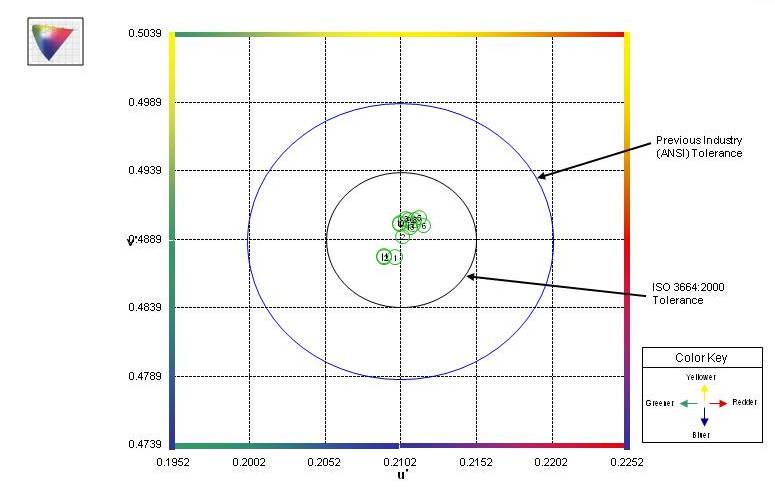
- Chromaticity – As stated in the ISO 3664:2009, the chromaticity coordinates of a light source should be within a 0,005 radius of the D50 chromaticity coordinates.
- Color temperature – Per the ISO 3664:2009 standard, the color temperature of a light source should be relative to a phase of natural daylight with a correlated color temperature of about 5000K.
- Spectral power distribution – The ISO 3664:2009 states that the relative spectral power distribution of a light source should be as close to CIE illuminant D50 as possible. The color rendering index (CRI) of a light source can ensure its accuracy to D50. The general CRI of a light source should be 90 or greater. The CRI value of each individual color sample used to determine general CRI should be 80 or greater.
- UV energy – The 2009 standard requires that a light source provide a more accurate simulation of the CIE D50 Illuminant in the UV range. The metamerism index (MI) should be less than 1.5, as opposed to less than 4 in the 2000 standard. This requirement is the biggest difference between the ISO 3664:2009 and 2000, and it will increase the amount of UV light that must be present in a light source.
Light intensity
Consistent light intensity is critical to consistent image rendition. The standard provides a target intensity designed to allow full tonal visibility of shadow detail without washing out highlights. Part 2 “practical appraisal” specifies a lower light intensity (500 lux) for tone reproduction evaluation.
Evenness
Even light intensity across an image assures correct interpretation of print/reproduction quality. Intensity differences across image will lead to the incorrect interpretation of an image. Evenness is ensured by measuring illuminance at several evenly distributed points on the viewing surface.

Prints and proofs should be at least 1200 lux (60% of 2000) intensity at all points on viewing surface. Transparencies at least 953 cd/m2 (75% of 1270) intensity at all points on viewing surface.
Surround
Surround color and reflectance affect color appearance. Look at the images below. The two light blue squares appear different in both hue and brightness due to the differences in the back-ground field. In order to assure consistent color appearance and tonal range, the surround condition is specified.

Prints and proofs neutral and matte surround with luminous reflectance of between 10% and 60%. Transparencies 5%-10% luminance level, 50mm on all sides.
Geometry
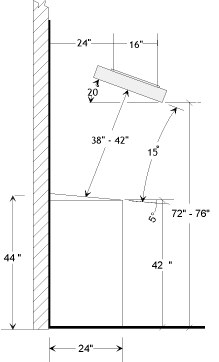
Light source, image, and observer’s eyes positioned such that specular reflectance (glare) is minimized. The presence of excessive glare can be very distracting to press operators, QC personnel, and others attempting to make critical color judgments. Glare can hide reproduction detail and potentially cause very costly errors. While the standard does not explicitly specify lighting geometry, GTI has tested nearly all techniques and found that there is an optimal geometry for each installation.



